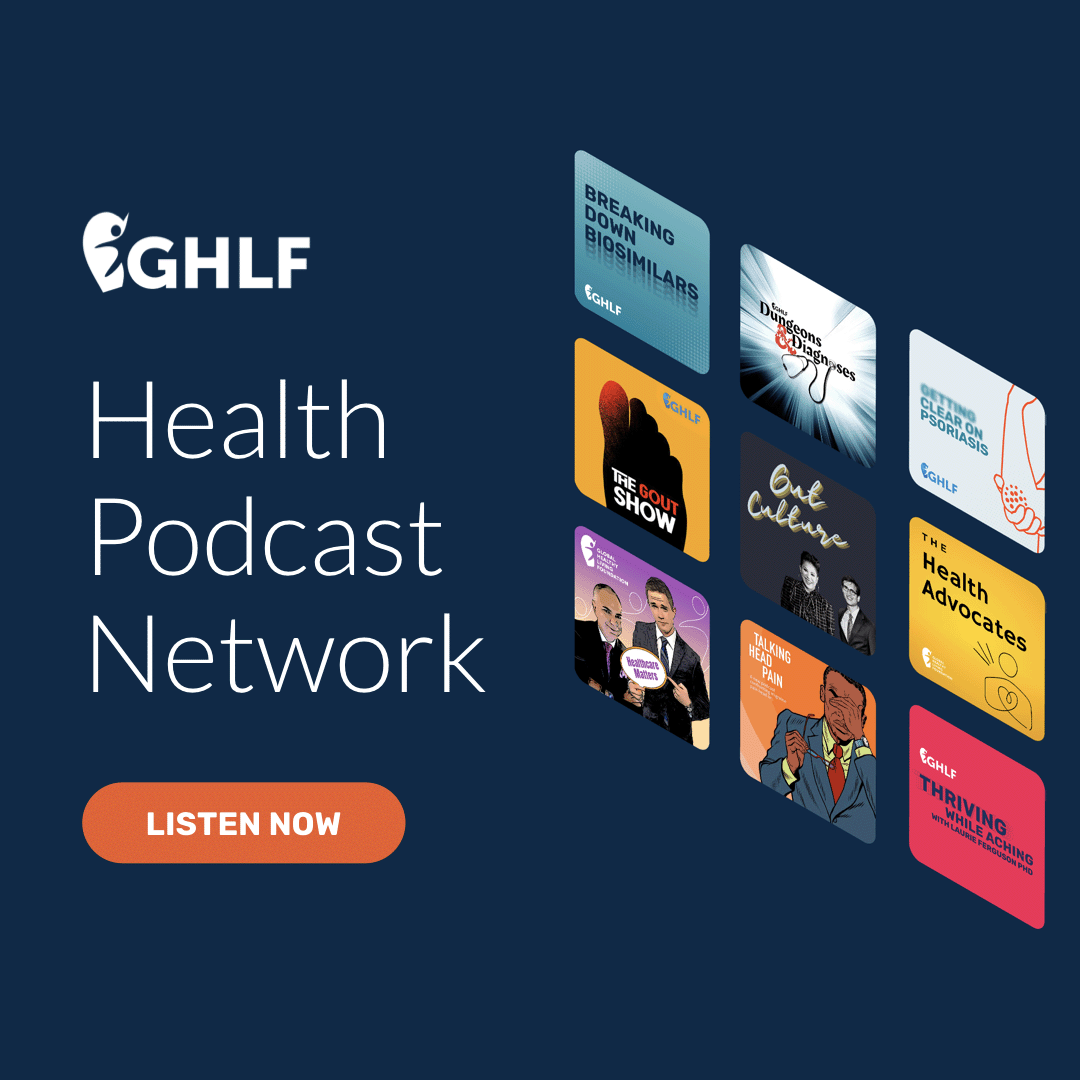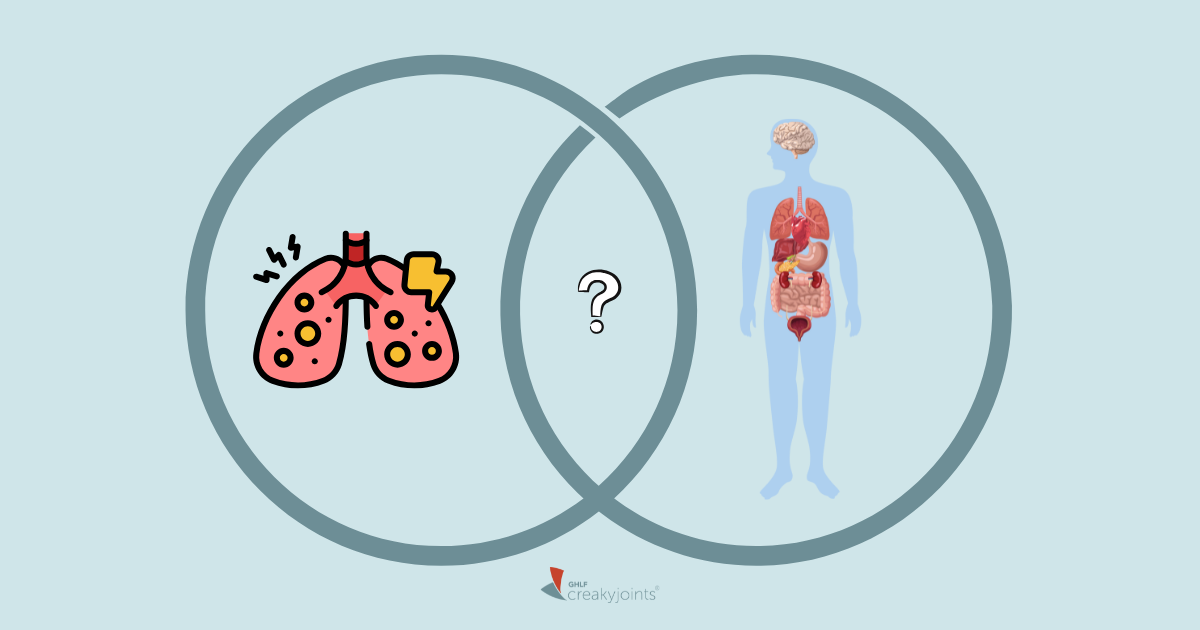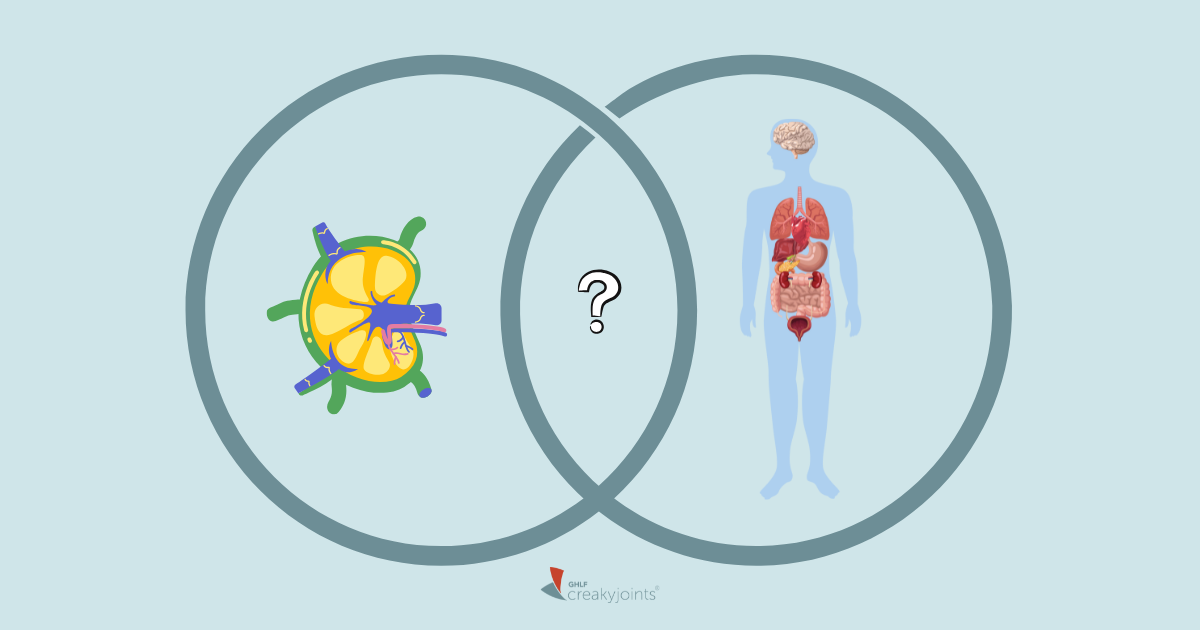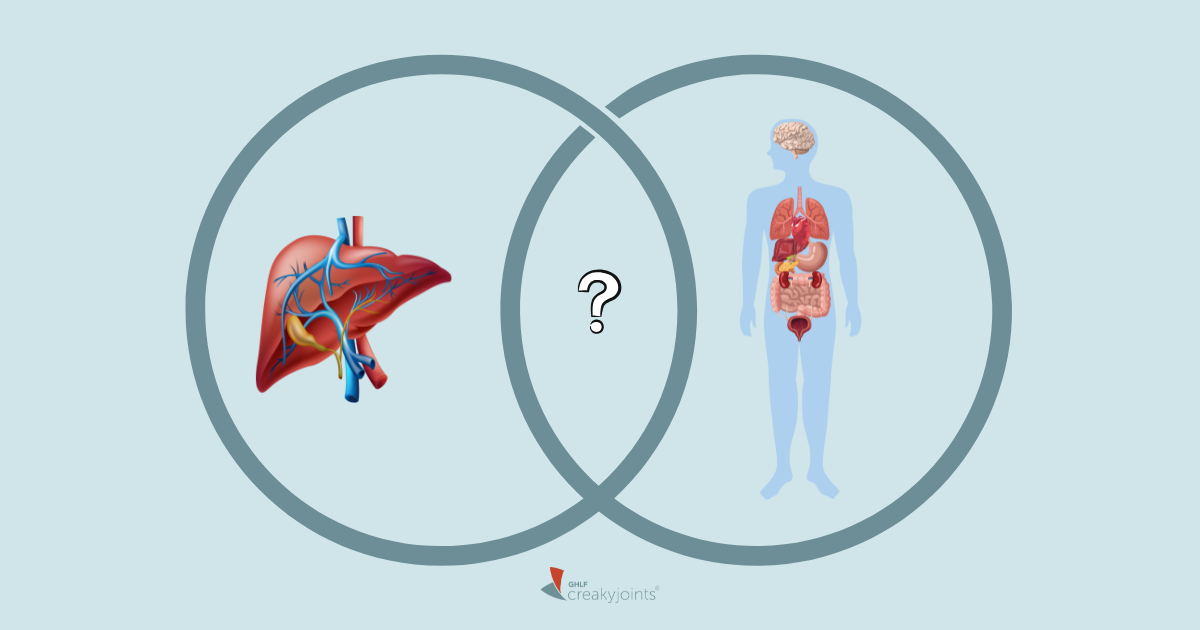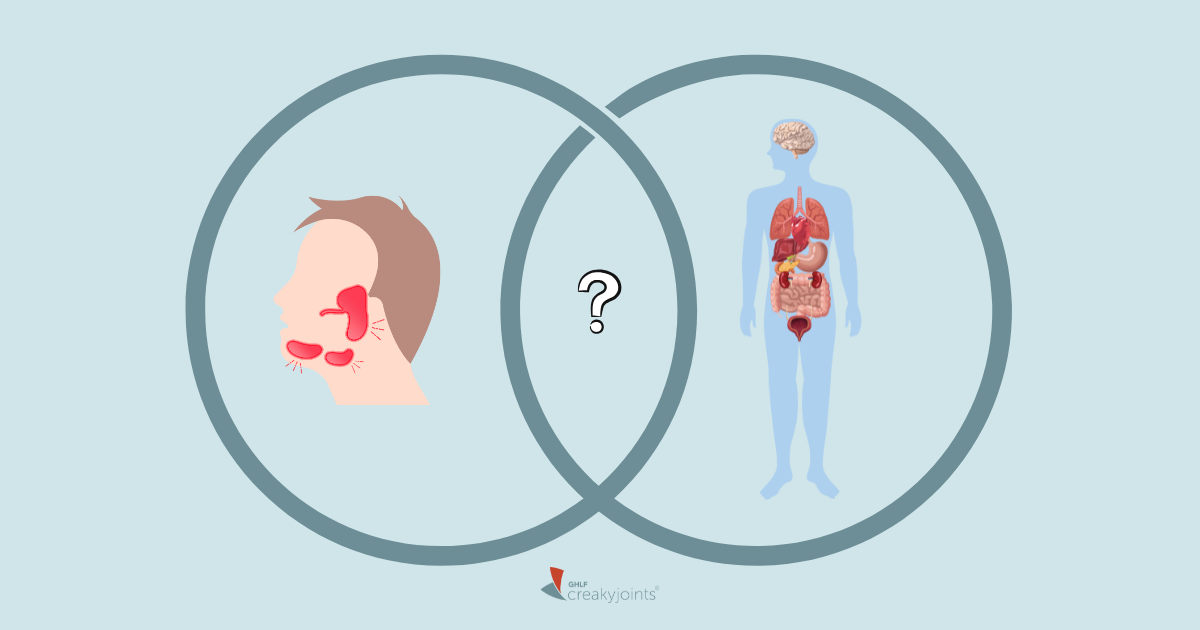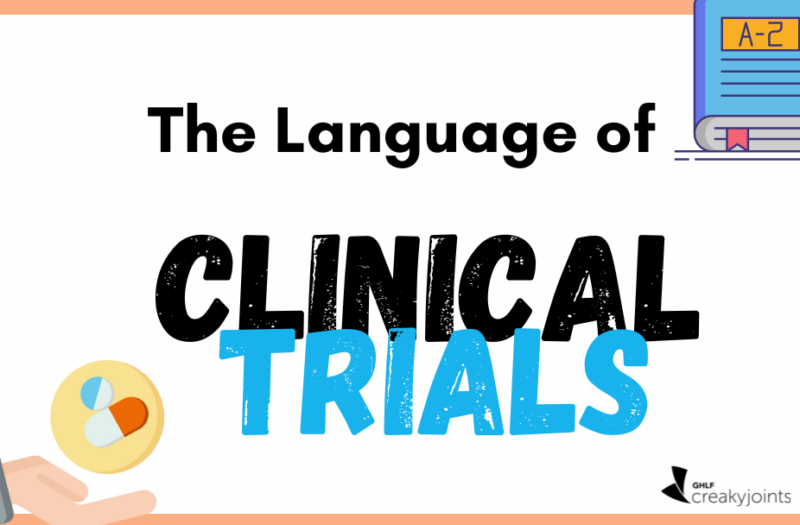

Clinical trials are an important part of medical progress, helping researchers study the safety of medications, medical devices, surgical techniques, treatment protocols, or preventative measures with the goal of improving patient care.
If you’re interested in participating in a clinical trial, it’s important to fully understand what different clinical trials involve and what you, as a patient, might go through. Understanding and speaking the language of clinical trials is also crucial. To help you feel more confident and informed, here are some common terms and phrases you’ll encounter in clinical trials, along with their definitions.
You might already be familiar with some of these but breaking them down can make it easier to understand what they mean. This knowledge will support you as you work with your health care provider to make well-informed decisions about whether a clinical trial may be right for you.
Eligibility Criteria
Not everyone can join every clinical trial – participants are determined by specific essential requirements or characteristics, also known as eligibility criteria. These criteria consist of both inclusion criteria (characteristics required to participate in the study) and exclusion criteria (characteristics that prevent a person from participating). To be eligible for a clinical trial, researchers might be looking for a specific age range, medical history, and other factors.
Trial Site
A trial site is the physical location where a clinical trial is conducted. This may be a hospital, clinic, research center, or doctor’s office where participants go to receive the treatment, undergo tests, and meet with the clinical trial team. The trial site is where all the activities related to the study, such as monitoring participants, administering the trial treatment, and collecting data, take place.
Principal Investigator
The principal investigator (PI), usually a medical doctor (MD) or other medical professional, leads the trial, guiding the scientific and technical direction of the whole study.
Other important members of the clinical trial that keep the research in the right direction include the sponsor (person or group who supervises or funds the trial — for example, a pharmaceutical company), study coordinator (a person who works with the PI to manage the trial — for example, a nurse or other health professional), and the most important member, which is you, the participant.
As a participant, you will mostly work closely with the PI, the study coordinator, and the staff at trial site. These members are there to answer any questions or concerns you might have, and to make sure that the ethical integrity of the trial and your rights as a participant are fully maintained and protected.
Informed Consent Form (ICF)
The informed consent form, or ICF, is a document that helps you understand a specific clinical trial. It explains what you can expect in the clinical trial before you decide whether to join.
You may take as much time as you need to read the ICF and make your decision. If you decide to take part in the clinical trial, you will then be asked to sign and date the ICF to provide your informed consent. You, as a participant, may withdraw from the trial at any time without any consequences or penalties.
Protecting Confidentiality
To protect you and your rights, all clinical trials make sure your information and data are kept confidential. This means that any information you share will be secure and only seen by authorized individuals and yourself (which you might have to request).
Before the trial starts, there are steps in place to make sure no one who shouldn’t see your information. Some of these steps might include removing your name and using a special code instead, only collecting information that does not reveal who you are and storing any information on a password-protected file.
Randomization
Randomization happens when a participant is enrolled into the study. For some studies, the participant is picked by chance (not by choice) and placed in one of the trial treatment groups. It’s like flipping a coin to decide. For example, if a study drug is being compared to a current drug or placebo (an inactive drug), there may be two trial groups. One group would get the study drug and the other would get a placebo. The study doctor has no say in which group you’re in.
Double-Blinded Study
Not all clinical trials include a placebo, but when a study drug is compared to a placebo, it is called a double-blinded study. The standard drug or placebo might look the same as the study medicine so that trial participants and the study staff can’t tell which one they are getting.
Placebo
A placebo is an inactive drug sometimes given to a control group. Placebos are used so investigators can compare it to the experimental drug being studied. A placebo may be a sugar pill or a current medicine, and sometimes even the researchers don’t know who is taking which treatment (this is called a double-blind test).
You might hear a member of the clinical trial team call a placebo a “dummy treatment.” Like the ICF, they do this to help you understand what a placebo is.
Again, the study doctor has no say on which treatment group patients are placed in, but by comparing the results from both groups, researchers are better able to see how the medication works, if it works at all.
Arm Assignment
Continuing on from placebo and treatment groups, you will most likely hear or see the word “arm” or “arm assignment” instead of “treatment group.” As you get randomized into one arm or another, you can always ask how many arms there are in the study, and what kind of treatment each group will receive.
Adverse Event/Serious Adverse Event
The principal investigator and your informed consent form will always mention any risks that come with the study.
An adverse event is any mild to severe form of side effect or negative reaction that comes from a drug or procedure. It can be in the forms of non-life-threatening but unwanted effects from the medication, errors within the research (i.e., receiving the wrong procedure), or any physical effects or changes that could potentially influence the research study. If these reactions were to become life-threatening, such as being hospitalized for more than 24 hours, it becomes a serious adverse event.
No matter how small or big the risk is, it will always be important to be aware and report to your PI any potential adverse events or serious adverse events that can come from the study.
Again, any form of negative physical experience that you might experience during a study should always be reported and documented.
Study Phases
Before a drug or treatment becomes available to everyone, it is important that it undergoes a series of phases to fully understand its possible effects. Each clinical trial typically goes through five phases, each with a different purpose and aimed at different questions.
Participants will be told how long the clinical trial is and which phase they are in, but it is important to note that, most of the time, you will only be in one phase of the study as treatments move through phases, but patients don’t.
Here are the different phases:
Pre-clinical: When study medications are tested in the laboratory and on animals
Phase I: Researchers test study medication for the first time in humans by giving it to a small number (20-80). And these can be either patients with a disease or healthy volunteers to evaluate how the drug works and identify potential side effects.
Phase II: The study drug is given to a larger number of people (100-300) with a particular disease or condition to further evaluate safety, side effects, and the drug’s efficacy.
Phase III: Several hundred to several thousand people with the disease or condition participate. The study drug undergoes additional testing to continue to assess safety, side effects, and efficacy or how well the medication works optimal dosage, and comparison to standard treatments.
Phase IV: Conducted after the study medication is approved and available by prescription, researchers aim to understand the best way to use the study medication as a potential treatment and identify any other risks or benefits.
What If I Don’t Understand Some Words?
In the world of clinical trials, there are a lot of difficult terms and phrases that can make us feel confused and insecure at times. Don’t worry – you are not alone in this journey of exploring clinical trials, fully understanding what you might be getting into, and being actively engaged in your own medical journey.
The members of the clinical trial team, consisting of the principal investigator, study coordinator, and/or other health care professionals, are always there to answer any questions or concerns you might have before, during, and after the clinical trial. The goal of clinical trials is to maintain the safety of and protect the rights of participants—you should always be the number one priority.
This article was made possible with support from Bristol Myers Squibb.
Be a More Proactive Patient with PatientSpot
PatientSpot (formerly ArthritisPower) is a patient-led, patient-centered research registry for people living with chronic conditions. You can participate in voluntary research studies about your health conditions and use the app to track your symptoms, disease activity, and medications — and share with your doctor. Learn more and sign up here.
Clinical Trials: Common Terms to Know. Weill Cornell Medicine. https://jcto.weill.cornell.edu/patients/clinical-trials-common-terms-to-know.
Glossary of Common Terms. ClinicalTrials.gov. December 2024. https://clinicaltrials.gov/study-basics/glossary.
Learn About Clinical Studies. ClinicalTrials.gov. March 2019. https://clinicaltrials.gov/ct2/about-studies/learn.
What Are Clinical Trials and Studies? National Institute on Aging. March 22, 2023. https://www.nia.nih.gov/health/clinical-trials-and-studies/what-are-clinical-trials-and-studies.

